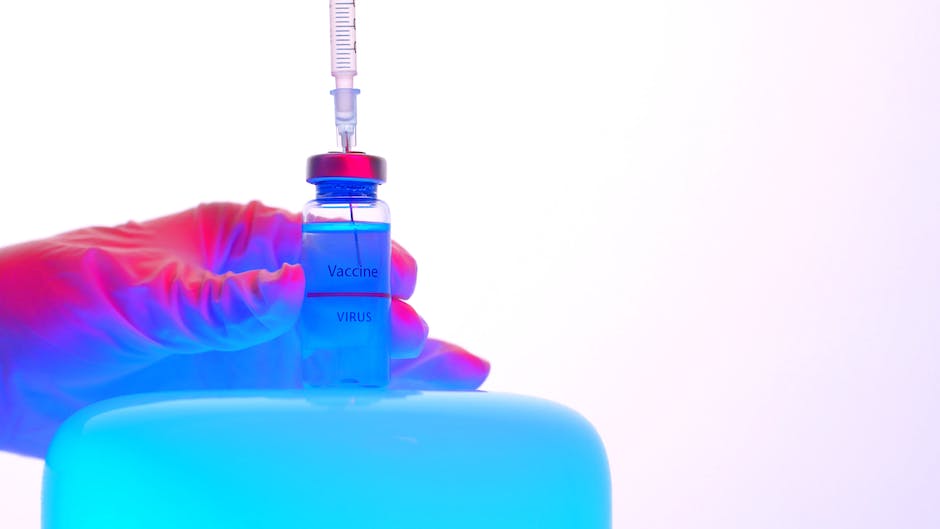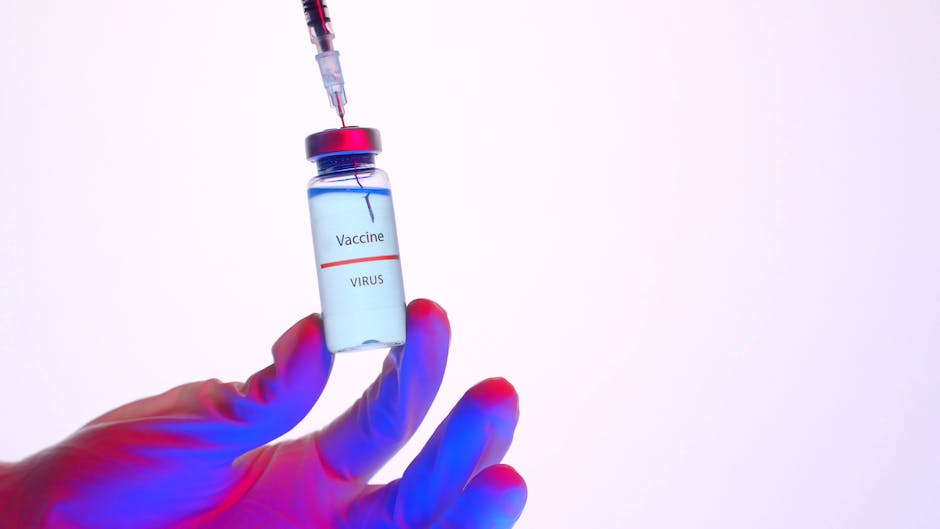
Exploring the Symptoms of Tennis Elbow
Tennis elbow, also known as lateral epicondylitis, affects the forearm muscles and tendons. It’s a common condition for people with tennis elbow to have inflammation and pain around the elbow joint. This discomfort comes from damage to the tendons that link the forearm muscles to the elbow.
The affliction’s primary symptom is elbow pain, which radiates from the outside of the elbow into the forearm and wrist. Other symptoms of tennis elbow include a weak grip strength and pain when lifting or bending the arm.
Physical Therapists and Tennis Elbow Treatment
Physical therapists are often involved in the treatment of tennis elbow. They provide physical therapy designed to stretch and strengthen the forearm muscles, reducing pain and improving the elbow’s range of motion.
The therapy’s objective is to restore the normal function of the elbow joint and forearm muscles. By performing specific exercises, individuals can learn to manage and prevent tennis elbow, minimizing the risk of recurrence even after the treatment ends.

Steroid Injections and Tennis Elbow Relief
To treat tennis elbow, some doctors might suggest steroid injections. These are potent anti-inflammatory drugs delivered directly to the inflamed tendons. It results in quick relief from elbow pain, thus enhancing the patient’s comfort.
However, steroid injections are typically a short-term solution. While they can provide immediate relief, they may not be beneficial in the long run. Experts suggest that the use of steroid injections should be clinically justified, given based on the severity of the case of tennis elbow.

The Power of PRP in Healing Tennis Elbow
Platelet-rich plasma (PRP) is another option for treating tennis elbow. This innovative treatment involves using a person’s plasma, enriched with platelets, to promote healing in the troubled tendons.
PRP is being viewed as an extremely promising solution to treat tennis elbow. Studies have shown that patients treated with PRP report improvement in pain and functionality, thus proving its efficacy.

Surgery for Severe Cases of Tennis Elbow
When nonsurgical treatment does not provide enough relief, tennis elbow surgery might be the next step. This is often the case when elbow pain is severe, persists for more than 12 months, and daily activities become difficult to perform.
Surgery can be performed in a conventional way or using new techniques like the ElbowScope. Though an invasive method, successful surgery can restore the full range of motion to the elbow joint, offering complete relief from the disorder.

Anti-Inflammatory Drugs (NSAIDs) for Pain Management
Another method used to treat tennis elbow is with the help of anti-inflammatory drugs, notably NSAIDs. These medicines can help relieve pain and reduce inflammation caused by the condition.
While it’s not a cure, using NSAIDs can help manage the symptoms of a tennis elbow, facilitating a more comfortable everyday life. They can be taken orally or applied as a gel directly onto the elbow.

Lifestyle Changes That May Prevent Tennis Elbow
For people with tennis elbow, making changes to their lifestyle and daily activities can be one of the most effective interventions to prevent tennis elbow. These modifications might include taking frequent breaks during strenuous tasks or adjusting equipment used in sports or work activities.
Physical therapy can also be beneficial in teaching patients the correct techniques to avoid stressing their elbow joint and forearm muscles. Adopting these changes can help prevent the onset or recurrence of the disorder.

The Prognosis of Tennis Elbow
The majority of people with tennis elbow respond well to nonsurgical treatment methods, and the prognosis is generally favourable. With ample rest, use of NSAIDs, physical therapy, and lifestyle changes, most patients will see an improvement within 12 months.
However, some cases might persist for longer. In such circumstances, more advanced measures like PRP therapy or, in severe cases, surgery can be the right solution. Nonetheless, it’s important to remember that each case of tennis elbow is unique and requires a tailored approach to treatment.

In Conclusion: Is Tennis Elbow Curable?
So, to answer the burning question: is tennis elbow curable? Yes, it is. However, the approach to treat tennis elbow varies with each individual. Various interventions, right from lifestyle changes to surgery, could come into play based on the severity of the case.
The journey to recovery may take time, with some people needing more than 12 months to fully recover. However, with proper intervention, patience, and persistence, full recovery is possible.
How long does it take to cure tennis elbow?
In most cases, with non-surgical treatment, tennis elbow symptoms can improve within 12 months.
Can physical therapy help tennis elbow?
Yes, physical therapy can effectively treat tennis elbow by strengthening forearm muscles and improving the range of motion.
Are steroid injections recommended for tennis elbow?
Steroid injections can provide immediate, short-term relief from elbow pain. However, they are not a long-term solution.
Is PRP therapy effective in treating tennis elbow?
Yes, platelet-rich plasma (PRP) therapy has shown promising results in treating tennis elbow by promoting healing.
Is surgery necessary for severe cases of tennis elbow?
Surgery might be considered when severe elbow pain persists for more than 12 months and daily activities become difficult to perform.
What lifestyle changes can prevent tennis elbow?
To prevent tennis elbow, individuals should take frequent breaks during strenuous tasks and learn the correct techniques to avoid stressing their elbow joint.
Can NSAIDs effectively manage tennis elbow symptoms?
Yes, NSAIDs can help reduce inflammation and relieve pain caused by tennis elbow.
Are forearm muscles involved in tennis elbow?
Yes, tennis elbow results from damage to the forearm muscles’ tendons that link to the elbow.
What are the symptoms of tennis elbow?
The primary symptoms of tennis elbow include elbow pain, radiating pain into the forearm and wrist, weak grip strength, and pain when lifting or bending the arm.
Can tennis elbow recur after treatment?
While tennis elbow treatment aims to minimize the chance of recurrence, without necessary lifestyle changes and preventive measures, the condition may recur.








No Comment! Be the first one.